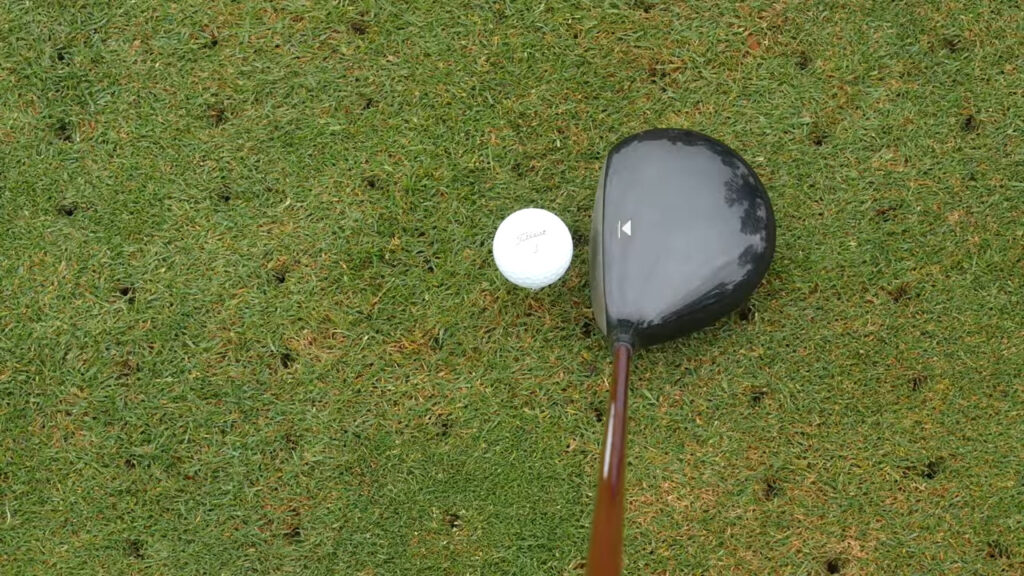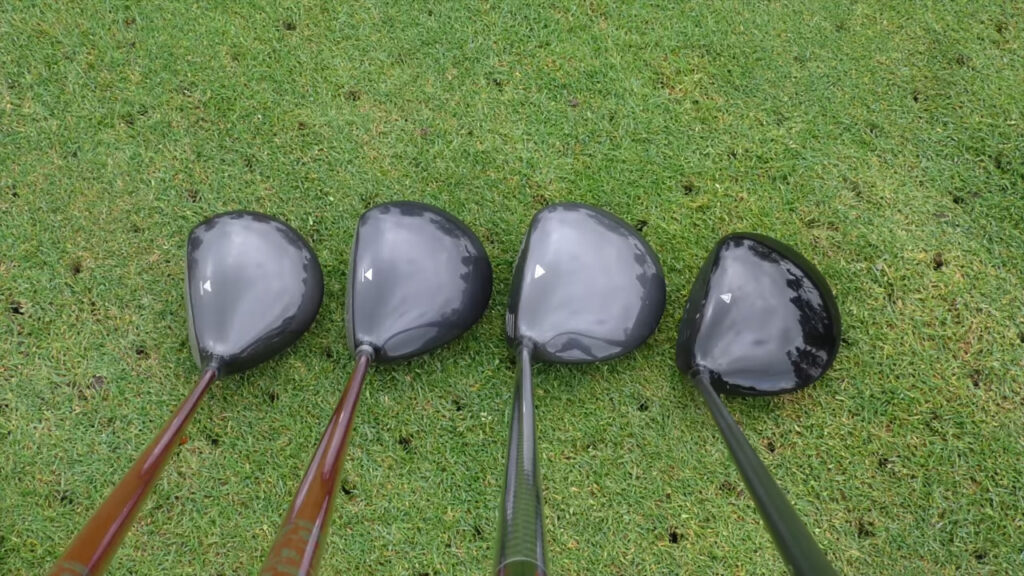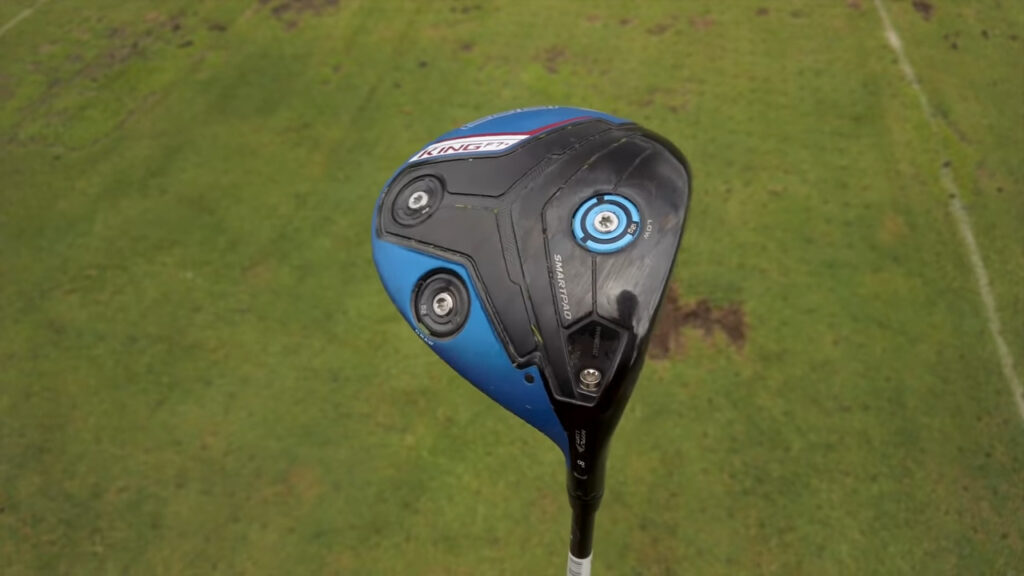How Often Should You Replace Your Golf Driver?
Upgradation in the golf equipment is crucial to keep up with the advanced and demanding standards of the game. A common question raised by both seasoned and young golfers is how often should I replace my golf driver. I’ve been playing golf for more than 15 years and to be honest, I’m unable to provide a clear-cut answer to this question.
The life of the golf driver depends upon various factors and it varies from golfer to golfer. In this blog post, I dive deep into the secrets of driving to help you figure out the best time to replace your golf driver. I’ll discuss all those signs and indications that tell you that it’s time to replace your golf club.
How Often Should You Replace Your Golf Driver – 4 Signs
Golf drivers do wear out but not as fast as you may think. Advanced golf equipment is much more rugged than it was in the past. So talking in the present, for most golfers, a driver can serve best for five years. However, this time can be as short as two years depending on how frequently you play, how you play and the conditions in which you play.

For a golfer like me who less often swings beyond 70 mph, a golf driver is most likely to serve for more than 150 rounds. But for serious golfers who hit the driving range more often, the life of the golf driver can be as short as 90 rounds or may be less than this. Also, your experience and tenure play a key role in this decision.
Do Golf Drivers Actually Wear Out?
Sadly, but yes golf drivers wear out over time. You may not see any apparent signs of wear, but a significant drop in the pop is enough to make you worried. Pop is basically the resilience and the club’s ability to spring back during the impact. Over the past few years, all golf drivers have been made with ultra-thin faces to enhance a trampoline effect.
In simple words, a thinner face flexes more when it hits the ball and also springs back with impressive velocity thus giving you extra range and speed. However, a thin face loses efficiency much faster than a broad face. A dead driver’s face means a significant drop in performance.
The driver’s face is made from wear-resistant metals to make it last longer. This is the part through which you hit the ball, and therefore it wears out more quickly than the others. The thing here we need to understand is that it’s not only the driver that can cause a performance drop. So here is a checklist to know when you need to replace your golf driver.
A Loss In Distance
Loss in the distance off the tee can be due to plenty of reasons and one of them is that something is wrong with your driver. If you are using a driver for a long time, and notice a sudden drop in the distance, there is a bright chance that the driver is worn out. When you inspect the driver you may or may not find a clear indicator. A dent, ding, or crack on the driver’s face or grip is a clear indicator.
A dead zone in the face that is pretty hard to notice in advanced golf drivers is most likely to cause a distance drop. Other than flaws in the club’s face it can be due to any physical limitation, change in playing condition, or extra spin. As far as my experience is concerned any apparent damage or dent is not associated with the distance loss. It is mostly associated with a worn-out dead zone on the face that you cannot see but feel when you hit the ball.
A Change In Swing
If you notice a gradual but significant change in your swing, think about buying a new one. A change in the swing is most likely to cause erratic ball flights. However, this thing is more complicated than you think. Here you need to figure out if it is your swing that has changed or the driver that is worn out.

Though in both cases you need to replace the driver, knowing the right reason is crucial to make the right decision. A change in the swing with age, practice, or injury is normal and almost all golfers go through it. It’s time to talk to your coach or pros at the club. If your swing has changed to compensate for age or injury, you need a new driver that matches your new abilities and potential.
If you are convinced that it isn’t because of you, carefully inspect the driver. Even a hair-thin crack on the driver’s face can have a big impact on your swing. Swing is the most of your concerns here and if you are not doing good with it there isn’t any chance of improvement. If it’s your swing that has changed, talk to the pros at your club to find a driver that perfectly matches your style and abilities.
Related Post: How to Fix a Driver Hook
Any Apparent Damage
This is probably the clearest indication telling you that your driver needs retirement. Remember that there is a difference between a worn-out and a damaged driver. Damage can occur at any stage of life due to mishandling or any other accidental situations. Also, a low-quality driver gets damaged easily.
The shaft and club head being the most sensitive are highly prone to damage during the packing and unpacking process. Don’t confuse the serious damage sign with cosmetics blemishes that appear due to regular use. Anything deeper than these blemishes on the face, grip, crown, and sole on the driver is a sign that you need a new one.
Is It Time To Replace Your Driver?
You may have started golf with the simplest equipment out there that you are not going to stick with forever. As you gain experience and get your skill polished and come into the more serious competition you need advanced features and advanced golf equipment. Do new golf drivers make a difference? To answer this I have tested various golf drivers from various brands, to see how they have changed in terms of looks, feel, performance and budget over time.
Technology Boost
The boost in performance is real with advanced drivers. While comparing the drivers before and after 2011, the most significant difference I noticed was the head speed. Advanced golf drivers offer impressive head speed allowing you to swing smoothly and naturally in various swing planes.
Callaway’s Jailbreak technology is one example that has taken the pop and feel of their new derives to a new level. In advanced Callaway drivers, two metal rods connect the soul and crown in the head. This structure just behind the face makes the direct energy transfer possible and I noticed a significant boost in pop and spin.
Customization
The newer the driver, the more customizable it is and this is a reason for replacing your old driver with a new one. Drivers newer than 2013 feature adjustable designs. You can adjust the loft, goal, or maybe the face angle. With old drivers, we had limited control of the fade and draw of the shots.

Advanced drivers with adjustable face angles enabled me to hit the ball either with a lower or high trajectory. So it’s pretty clear that you cannot compete in the modern game with outdated equipment and if you own a basic non-adjustable golf club, this is the right time to replace it.
Distance
The range has also improved over time. New drivers with ultra-thin faces help you hit further with a little effort. Even the misshots are going further since the newer driver offers impressive forgiveness. However, the change in carrying distance is not as significant as other features of the driver.
In a comparison study held by todaysgolfer.co.uk, the biggest carry distance difference was found between ping drivers. For Ping’s G14(2014) to G400(2018) Max a difference of 6 yards was noticed. However, this is not true for every driver. I tried various Callaway drivers from the past to the present and there wasn’t any significant boost in range.
Related Post: How Long Do Lithium Golf Cart Batteries Last?
Looks
Change in design and structure is prominent and the designs that looked cool a few years back are no longer loved by pros. TaylorMade club head design transition is the biggest example that will help you understand how things have changed. Its hottest M1 two-crown design feels outdated when you compare it with its latest design upgrades. However, some brands like Titleist carry on with their trademark design and it’s hard to figure out a significant difference in design.
How Often Should You Replace Your Golf Driver?
So it’s time to conclude the discussion and obviously, it’s not to say that you need to replace your golf driver every year. Advancement in features and design is a fact but it takes too long to feel a significant boost in performance. If you own a driver newer than 2015, you are less likely to benefit from the upgrade.
The average life of a golf driver varies between 3 to 5 years. A normal player can comfortably play 200 rounds with a well-maintained and damage-free driver. However, pro golfers replace or upgrade their equipment more often since they put more impact on drivers. Most tour pros play 40 to 50 rounds with the same driver.
If you play 30 to 40 rounds per year a well-maintained driver is going to serve you at least for five years. Apart from it your tenure and experience are key factors that help you decide if it’s the right time to get a new golf driver. As you gain experience and skill you also need a driver that matches perfectly your new style and abilities.

Conclusion
I’m hopeful that this guide will help you understand how often you should replace your golf driver. From the above discussion, we can safely conclude that it’s not a good idea to upgrade the golf driver every year since you are not likely to get a noticeable performance boost. The best time to replace your golf club is when you notice a sudden drop in distance, swing, or pop.
FAQs
Does a golf driver wear out?
Yes, golf drivers wear out, especially the face area. A driver’s face is an ultra-thin structure made of metal. A dead zone on the driver’s face is developed over time and it loses its pop.
When should I buy a new driver?
A branded well-maintained driver should last between 3 to 5 years if you play 40-50 rounds every year. However sudden a drop in swing, distance, or any visible damage are indicators that it’s time to buy a new driver.
What is the lifespan of a golf driver?
The average lifespan of a golf driver is five years. How it varies from golfer to golfer. Golfers who more often hit the driving range of 80+ mph, are more likely to replace the drivers every 2 years.
Do new golf drivers make a difference?
Yes, new golf drivers do make a difference. Ball speed and face head have been changed over time. New drivers feature ultra-thin faces, feature adjustable designs, and offer more forgiveness giving you extra distance, swing, and pop.
How often do pros replace the driver?
Pro golfers are lucky enough to get a new driver from their sponsor every year. However, it’s just to put in the bag and when it comes to the game, pros do not actually replace the driver too often. On average a pro golfer replaces the driver after 70 rounds.
Should I replace my 10-year-old driver?
Yes, you should since the average lifespan of a golf driver varies between three to five years. If you are using a driver for the past 10 years you can easily find signs of damage on the face area. Also, you won’t be able to compete in a modern environment with an outdated golf driver.
